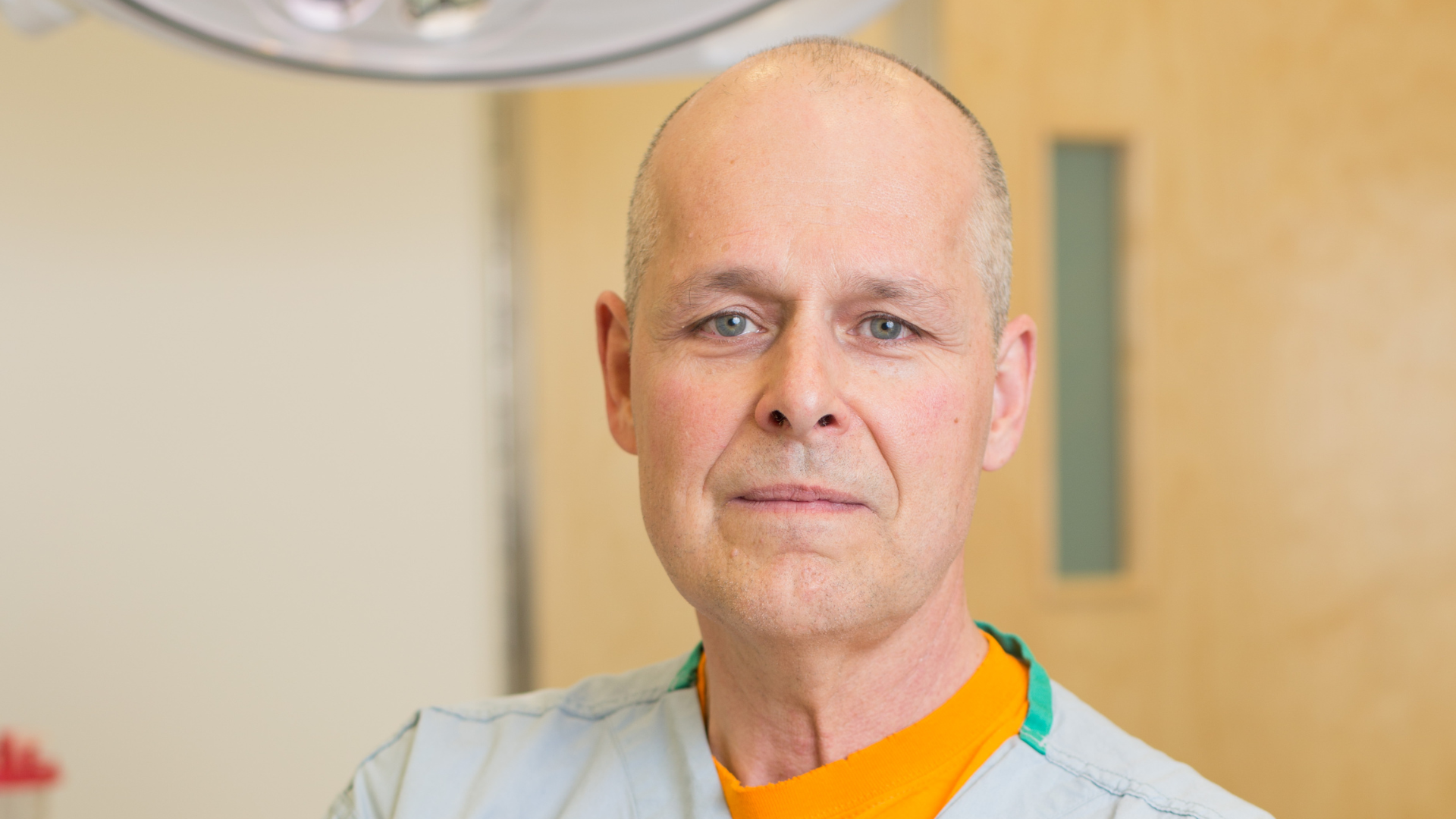The Ohlson Family Endowment Fund provides stable funding that supports life-saving research
By Michaela Ream

When Dr. Joe Dort helped treat Elizabeth Ohlson’s cancer, it set off a ripple effect that would not only impact their own lives, but the fate of others facing a frightening cancer diagnosis.
As a head and neck oncology surgeon, researcher and clinician, Dort has spent his career seeking ways to improve patient outcomes, with a focus on developing systems to improve post-surgery care.
In gratitude for saving her life after being diagnosed with nasal cancer, Ohlson established the Ohlson Family Endowment Fund at the Calgary Foundation in 2007, with the request that Dort share his considerable expertise as the Fund advisor to guide the grantmaking decisions.
The result has been significant. Ohlson’s initial gift of $11 million has provided grants totalling $5.5 million but through the power of endowment, the Fund has grown to a current value of $18.7 million.
“The Fund provides a real advantage because it allows us to build stable infrastructure that isn’t buildings; it’s creating a team of people focused on improving head and neck cancer outcomes — that’s the power of the Ohlson gift,” says Dort.
Motivated to help others with head and neck cancers, Ohlson, along with her son and her daughter, helped establish the Ohlson Research Initiative, which is dedicated to creating knowledge that will lead to personalized therapy for head and neck cancer.
“I am so thankful to Dr. Dort,” says Ohlson. “Not only is he a great doctor who operated on me, but he’s a fabulous human being. I feel really confident in him and his work, and he and his team are doing a fantastic job.”
Sustainable and secure funding is critical for supporting long-term research. Aligning with the Ohlson Research Initiative’s collaborative and multidisciplinary approach to research, Dort has built a small team of researchers that adhere to three core research pillars.
The first pillar focuses on clinical effectiveness that looks at ways to design and deliver better approaches to health care for head and neck surgery patients. The second pillar looks at tumour biology research, specifically at tumour DNA and RNA sequencing, to find ways to predict what treatments will be most effective and prevent recurrences. The third pillar develops virtual reality tools to train residents and help surgeons plan safer and more effective surgery.
“It’s about making health-care design and delivery more effective, safer and helping patients recover fully after what they’ve been through,” says Dort. As fate would have it, Dort was diagnosed with head and neck cancer in 2018. Through the treatment, surgery and recovery, Dort kept a positive outlook. “There aren’t many surgeons that have the privilege of walking in the same path as their patients,” he says. Dort brought that hard-earned knowledge from his own cancer journey back to his research, the Fund and his patients.
Ohlson has stepped back to let her children, along with Dort, continue the important work of the Fund. What started as a ripple has grown into a wave that will impact and save people’s lives for generations.